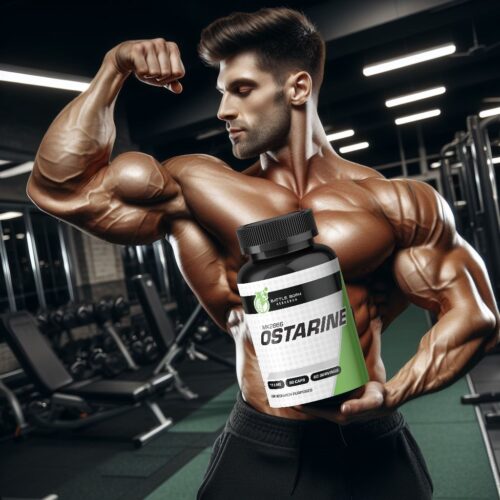Chapter 1: The Shield Emerges
In the fight against COVID-19, the Covishield vaccine, developed by AstraZeneca and manufactured by the Serum Institute of India, offered a beacon of hope. With a 76% efficacy rate after both doses⁵, it became a key player in the global vaccination effort.
Chapter 2: The Side Effects Spectrum
Like all vaccines, Covishield came with possible side effects. Most were mild-to-moderate, including:
- Headache (52.6%)
- Fatigue (53.1%)
- Muscle or joint pain (44% or 26.4%)
- Fever (33.6%)
- Chills (31.9%)
- Nausea (21.9%)
These symptoms were generally short-lived, fading as the body built immunity.
Chapter 3: Rare but Serious – TTS Syndrome
A rare condition known as Thrombosis with Thrombocytopenia Syndrome (TTS) was identified as a potential side effect. Characterized by blood clots and low platelet levels, TTS symptoms could include:
- Severe headaches
- Blurred vision
- Shortness of breath
- Chest pain
- Leg swelling
- Persistent abdominal pain
Though the risk was low, awareness and early treatment were crucial for effective management.
Chapter 4: Transparency and Trust
Amid safety concerns, the Serum Institute of India emphasized their commitment to transparency, disclosing all rare side effects, including TTS, in their packaging insert³. They ceased production in December 2021 due to diminished demand but remained open about the vaccine’s safety profile³.
Chapter 5: The Path Forward
As the world continues to navigate the pandemic, vaccines like Covishield play a vital role. Understanding the balance between benefits and risks is key to making informed decisions about our health.
This web story aims to inform and reassure readers about the Covishield vaccine’s side effects, emphasizing the importance of being informed and vigilant. Remember, always consult healthcare professionals for medical advice and information.











